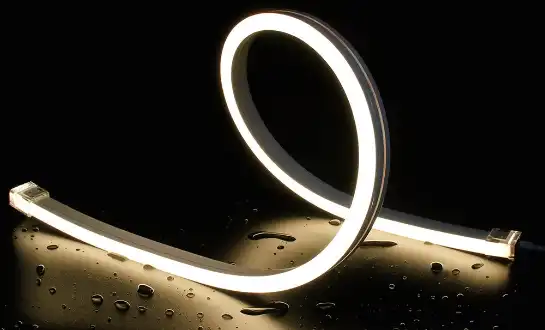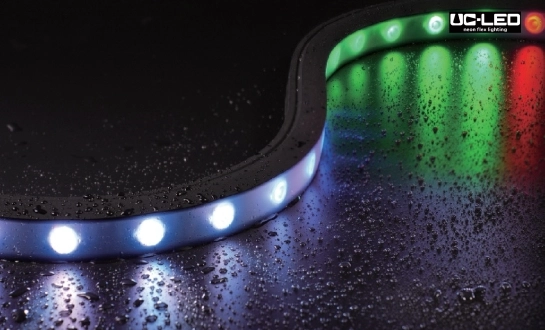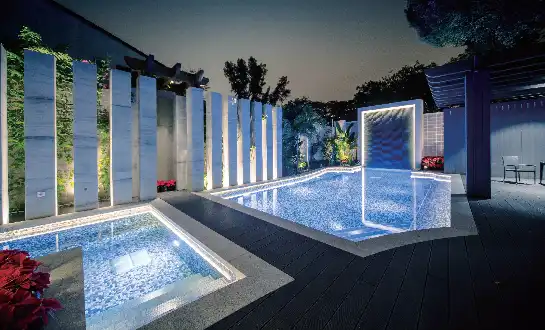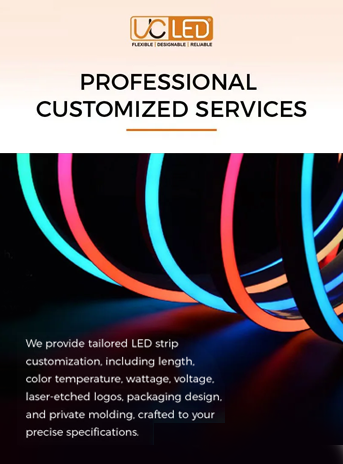Understanding the Basics: LED Strips vs LED Neon Flex
What are LED Strips?
LED strips, also known as LED tape or ribbon lights, are flexible circuits boards populated with surface-mounted light-emitting diodes (SMD LEDs). These versatile lighting solutions come in various lengths, colors, and brightness levels. LED strips are typically thin and can be easily cut to size, making them ideal for a wide range of applications, from under-cabinet lighting to accent lighting in commercial spaces.
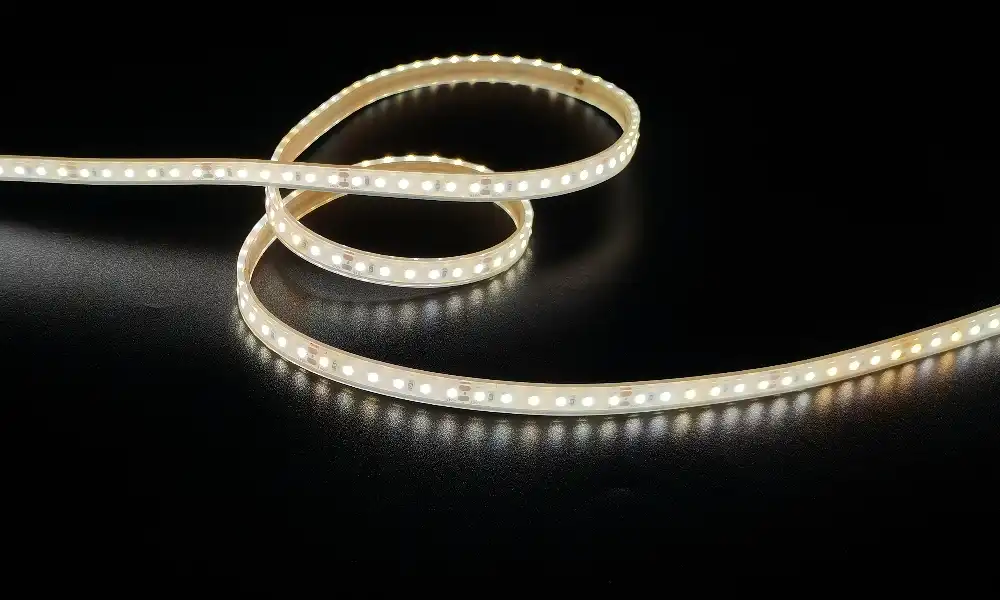
Introducing LED Neon Flex
LED neon flex, on the other hand, is a modern take on traditional neon lighting. It consists of a series of LEDs encased in a flexible PVC or silicone tube, creating a continuous, seamless line of light. LED neon flex emulates the look of classic neon signs but offers improved energy efficiency, durability, and safety. This innovative lighting solution has gained popularity in both decorative and functional lighting applications.
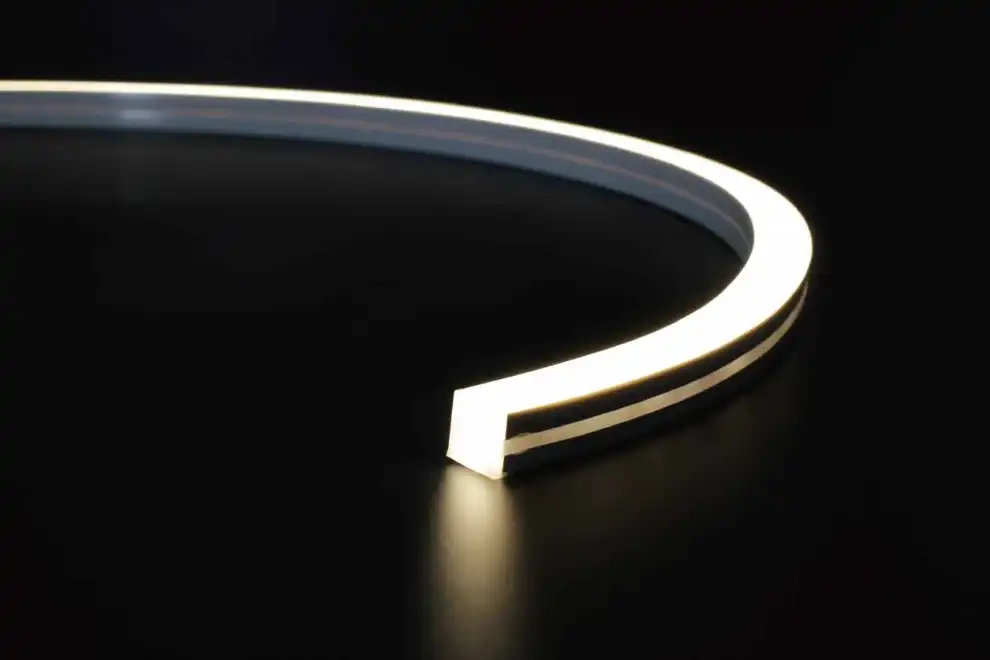
Key Differences in Design and Construction
The primary distinction between LED strips and LED neon flex lies in their construction. LED strips are flat and typically have exposed LEDs, while LED neon flex features a rounded profile with LEDs encased in a diffusing material. This difference in design affects not only their appearance but also their light distribution and durability. LED neon flex often provides a more even, glare-free light output compared to standard LED strips.
Performance and Functionality: A Side-by-Side Comparison
Brightness and Light Output
When it comes to brightness, both LED strips and LED neon flex can offer high light output. However, LED strips often have the edge in terms of raw lumen output per meter. This makes them particularly suitable for task lighting or areas requiring intense illumination. Flexible LED Neon, while generally less bright, excels in providing a softer, more diffused light that's perfect for creating ambiance or eye-catching displays.
Energy Efficiency and Power Consumption
Both lighting solutions are known for their energy efficiency compared to traditional lighting options. LED strips typically consume less power per meter than LED neon flex due to their more straightforward construction. However, the difference in power consumption may be negligible in many applications, especially when considering the unique aesthetic benefits of LED neon flex.
Flexibility and Installation
LED strips are renowned for their flexibility, allowing for installation in tight spaces or around corners. They can be easily cut to size and often come with adhesive backing for simple mounting. LED neon flex, while also flexible, has limitations on how tightly it can bend due to its thicker profile. However, LED neon flex often offers superior water resistance and durability, making it a preferred choice for outdoor installations.
Applications and Aesthetics: Choosing the Right Solution
Ideal Use Cases for LED Strips
LED strips shine in applications where discreet or precisely directed lighting is required. They're perfect for: - Under-cabinet lighting in kitchens - Accent lighting in furniture and shelving - Backlighting for TVs and monitors - Cove lighting in ceilings - Stair lighting for safety and aesthetics
Where LED Neon Flex Excels?
Flexible LED Neon is the go-to choice for projects that demand a bold, eye-catching look. It's particularly well-suited for:
- Storefront signage and displays
- Architectural outlining on building facades
- Creative indoor decor in bars and restaurants
- Artistic installations and sculptures
- Roadside and billboard advertising
Aesthetic Considerations and Visual Impact
The choice between LED strips and LED neon flex often comes down to the desired visual effect. LED strips offer a more modern, sleek look and can be easily concealed for subtle lighting effects. LED neon flex, with its distinctive glow and rounded profile, makes a statement and can become a focal point in any design. The continuous, uninterrupted line of light provided by LED neon flex creates a unique aesthetic that's hard to replicate with other lighting technologies.
Conclusion
Choosing between LED strips and LED neon flex depends on your specific project requirements, aesthetic preferences, and functional needs. LED strips offer unparalleled versatility and efficiency, making them ideal for a wide range of practical lighting applications. LED neon flex, with its distinctive appearance and robust construction, is perfect for creating eye-catching displays and withstanding challenging environments.
Consider factors such as installation location, desired light output, energy consumption, and overall visual impact when making your decision. In many cases, a combination of both LED strips and LED neon flex can create a truly stunning lighting design that balances functionality with aesthetics. For expert advice on choosing the right lighting solution for your project, or to explore custom LED neon flex options, don't hesitate to reach out to our team at Linda@uc-led.com. We're here to help you illuminate your space with the perfect blend of style and efficiency.


